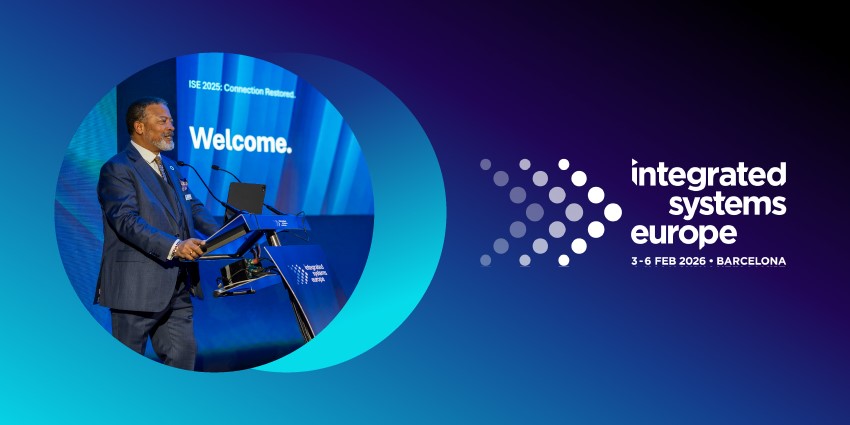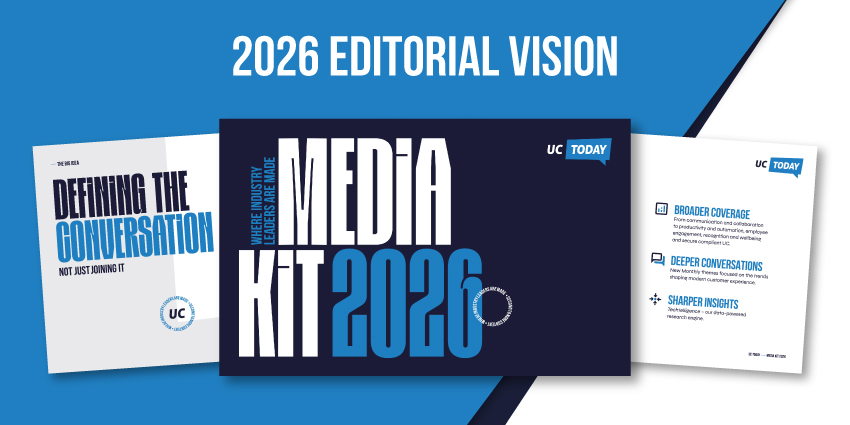Jabra research has found that just over one-quarter of office workers use AI daily.
Jabra’s study, Great ExpectAItions—Work in the Age of AI, identified a disconnect between organisational investment in AI and user practical adoption and implementation. This gulf is illustrated by 26 percent of knowledge workers leveraging the technology in their daily workflows despite 84 percent of business decision-makers expressing high levels of trust in AI.
Jabra suggests that this gap between expectations and practicality indicates that while leadership is optimistic about AI’s potential, they may still lack the vision or skills needed to introduce it throughout the workforce effectively.
Paul Sephton, Head of Brand Communications at Jabra, commented:
We see many organisations eager to jump on the AI wave, but some are still dancing in the dark when it comes to effective implementation and meaningful use. As tools rapidly shift toward voice-driven input rather than text alone, it’s crucial for organisations to recognize how this evolution will change our interactions with AI and enhance productivity.”
The study, which surveyed 1,800 AI decision-makers across six countries and 4,200 employees from 14 countries, reveals that despite strong enthusiasm for AI, there is a significant gap between trust in the technology and its actual implementation in the workplace.
Jabra outlines that while 85 percent of decision-makers show strong interest in AI, a significant majority, over four-fifths (82 percent), admit they need to gain a better understanding of how AI can enhance workplace efficiency.
“To avoid what we call ‘AI-washing’ – simply jumping on the AI bandwagon – organisations must carefully evaluate the productivity gains AI can offer and actively involve their employees in this journey,” Sephton added. “At Jabra, we believe in harnessing the power of AI not just to enhance productivity but to foster a more connected and capable workforce, driving innovation and collaboration at every level.”
More Eye-Catching Figures Around AI’s Limbo In The Workplace
Jabra notes that although 54 percent of employees believe AI can improve their work and feel confident in their ability to collaborate successfully with AI, there remains a significant gap in its actual adoption in regular work use.
Jabra’s data indicates that this gap is due to several perceived challenges and demographic considerations. For example, a notable 90 percent of employees wouldn’t trust AI for tasks that require creativity and innovation. This reluctance reportedly stems from a lack of trust and the satisfaction that comes from being personally involved in these more meaningful tasks.
Jabra also highlights a distinct generational divide in AI adoption. While 47 percent of Millennials and 37 percent of Gen Z feel positive about AI, only 15 percent of Boomers share this sentiment. In terms of adoption, 28 percent of Millennials and Gen Z use AI daily at work, compared to just 15 percent of Boomers.
Interestingly, AI decision-makers tend to be relatively young, with 58 percent between the ages of 18 and 39. Additionally, 71 percent of these decision-makers are not from the IT department.
Is There Fatigue Around AI?
One piece of research in isolation is informative and illuminating, but if it compounds the findings of several studies elsewhere, it reinforces a broader cultural pattern. While it would be hyperbolic to say that the AI hype is deflating or that its transformative potential for businesses is a false dawn, there is certainly a broader fatigue or even backlash around AI.
It was one of the trends of this month’s UC Expo in London, with concerns in particular around rapid top-down investment in AI that IT leaders and workers can’t keep up with in practical adoption and implementation.
Increasingly, businesses demand real, measurable results rather than hype. Additionally, many workers are struggling to adapt to the technology’s fast pace, and there are ongoing concerns about security, compliance, and education. This cautious approach reflects a disconnect between AI advancements and practical business needs, telegraphing the issues flagged by Jabra’s research.
“I think the AI hype has gotten a little overwhelming,” Irwin Lazar, President and Principal Analyst for Metrigy, told UC Today at the event. “In my conversations with IT leaders, they want real results, they want real solutions, they don’t want just to hear ‘Oh yes, we have AI.’”
This is why ULAP Networks released ULAP Voice with the pitch that it’s an AI-free UCaaS solution that is cost-effective, globally compliant, and customised and simplified to meet standard telephony requirements. ULAP clearly identifies a market for AI-free solutions.







